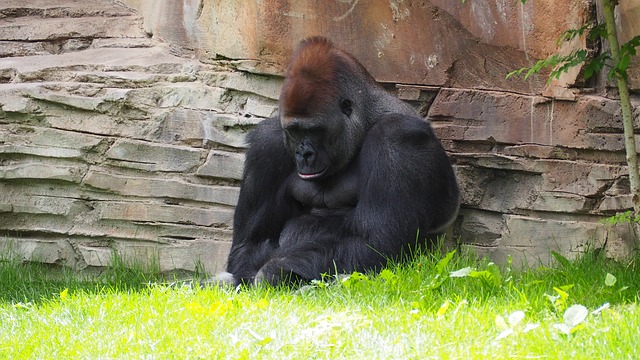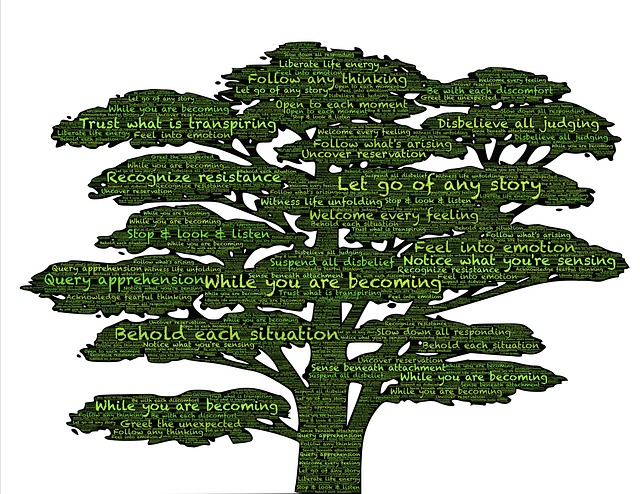I am not a Buddhist. However, I readily acknowledge that in the area of mindfulness I can learn from the oral tradition of the Buddha that has been passed down over more than 2,500 years through teachings and stories. Tara Brach, practising Buddhist and international mindfulness teacher, shares one such story related to vulnerability, “I See You, Mara”. Tara recounts that the Buddha when travelling and teaching often encountered a sense of vulnerability experienced as “fear of loss or rejection”. His way to manage this fear was to name it and face it – he called the fear Mara (“the god of darkness”). So, whenever he encountered such fear and sense of being vulnerable, he would say, “I See You, Mara”.
Facing up to vulnerability and naming our feelings
There are times when we feel intuitively that we should do something that would be helpful to others, but we become fearful and give into our sense of vulnerability. For the Buddha, “Mara” epitomised this fear and vulnerability. We could find our own name for this darkness that can overwhelm us and impede our ability to be intimate, creative or compassionate. Whatever way we choose, the basic process involves naming our feelings when we feel blocked by a sense of vulnerability. In this way, we can tame our feelings, draw on our strengths and reduce the inhibiting influence of feeling vulnerable
In a previous post, I discussed the genesis of our sense of vulnerability and offered a short meditation that Tara teaches to help us to open to our vulnerability in our everyday life. However, we may be faced with a specific challenge represented by an opportunity to do something worthwhile for others and, despite the value of the proposed action, we find ourselves procrastinating out of fear of some adverse outcome. On these occasions, we can face up to our procrastination self-stories and bring them above-the-line.
What can be helpful, too, is to explore whether there is an underlying adverse event (or series of events) that gave rise to our personal sense of vulnerability. Have we experienced an occasion when we were deeply embarrassed, totally rejected or attacked for our ideas or efforts? How is such an event playing out in our lives now? In this reflection, we can relate our sense of vulnerability to its origins and our deeply held belief (however false), that a similar outcome will be experienced again if we challenge the “status quo” or advance ideas that are different to mainstream thinking. This deeply held belief about adverse outcomes can immobilise us if it remains hidden and not exposed to the light of observation and reflection.
As we grow in mindfulness through meditation and reflection, we can become increasingly aware of the impact of our past experience on our sense of vulnerability, begin to name our underlying feelings and access ways to face up to being vulnerable. In this way, we can progressively release our capacity for intimacy, creativity and compassionate action.
____________________________________________
Image by Quinn Kampschroer from Pixabay
By Ron Passfield – Copyright (Creative Commons license, Attribution–Non Commercial–No Derivatives)
Disclosure: If you purchase a product through this site, I may earn a commission which will help to pay for the site, the associated Meetup group and the resources to support the blog.










